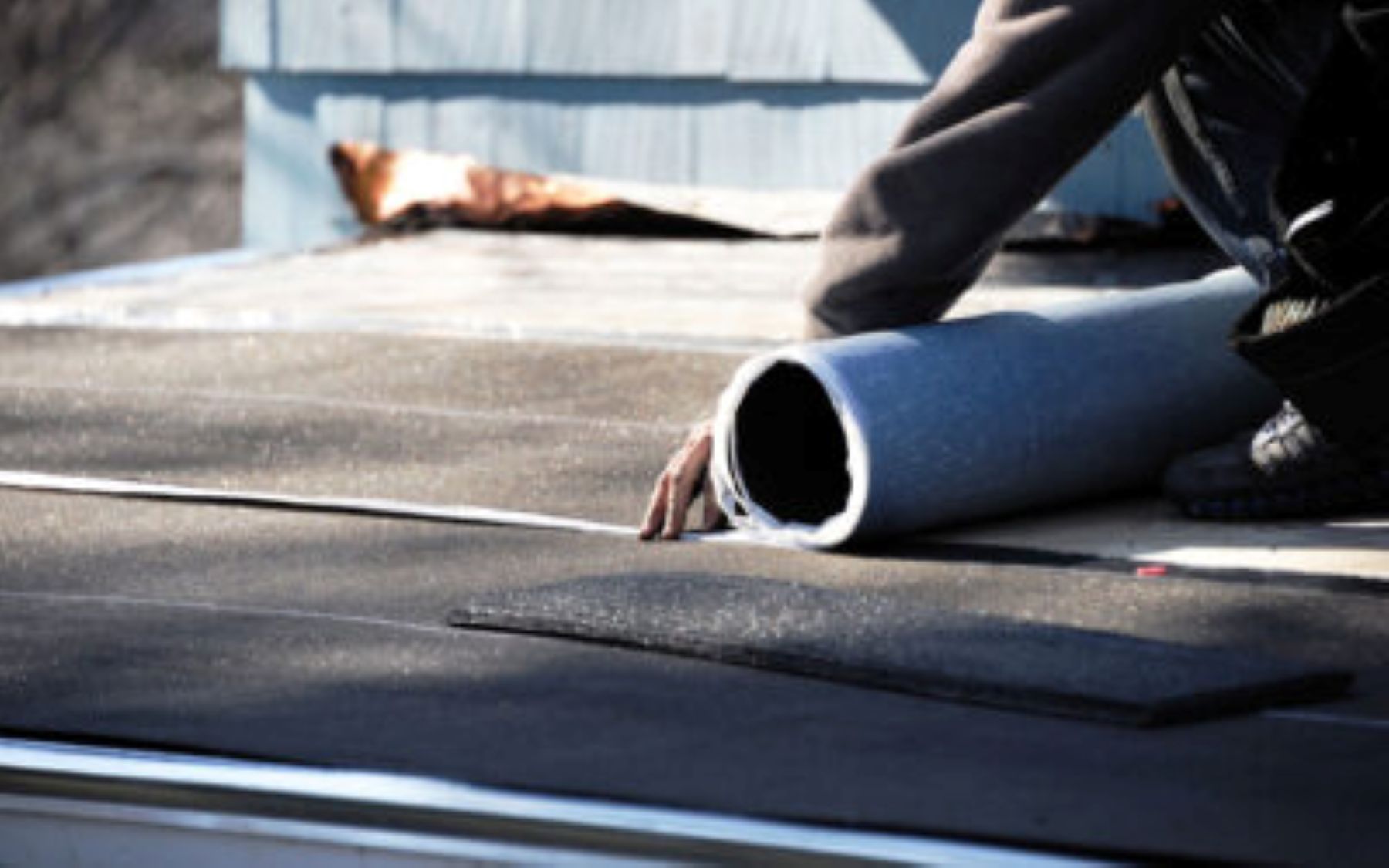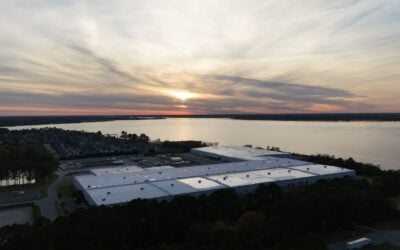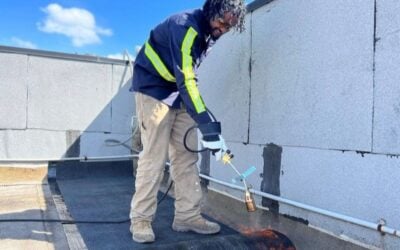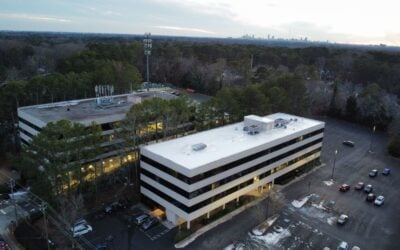Your roof is one of the most important components of your commercial property, providing protection against the elements and ensuring the safety and comfort of everyone inside. However, like all things, a roof has a lifespan. Over time, the materials it’s made from, the weather conditions it’s exposed to, and the overall wear and tear will begin to affect its performance. Understanding how the age of your roof influences its effectiveness can help you plan for appropriate maintenance and avoid costly repairs or replacements down the line.
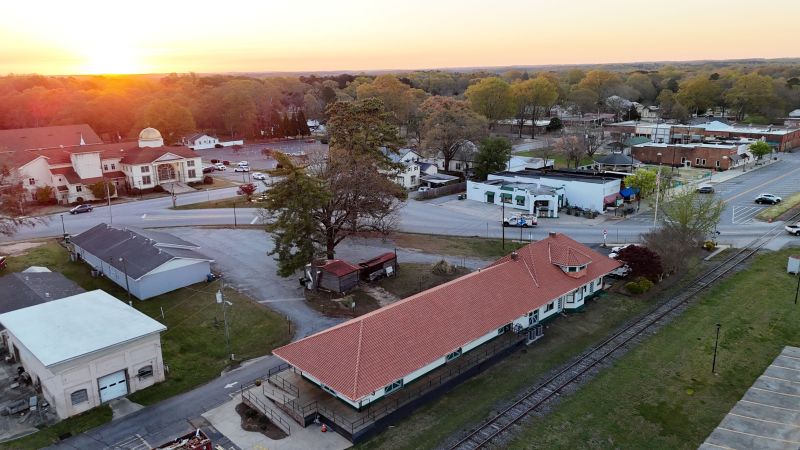
The Lifespan of a Roof
The typical lifespan of a commercial roof can vary depending on the type of roofing material used, the climate, and the level of maintenance it receives. For example:
Metal Roofs: 40-70 years
EPDM (Rubber) Roofing: 25-30 years
TPO and PVC Roofing: 20-30 years
Modified Bitumen: 20-30 years
Once a roof approaches the end of its expected lifespan, its performance begins to deteriorate, and the need for regular maintenance and eventual replacement becomes more critical.
How Roof Age Affects Performance
As your roof ages, several factors come into play that can reduce its performance:
Degradation of Materials: Roofing materials naturally degrade over time due to exposure to sunlight, extreme temperatures, rain, and snow. For example, asphalt shingles may begin to curl, crack, or lose their granules, while EPDM and TPO roofs may experience brittleness or tearing. When the materials break down, they are less effective at protecting your building.
Loss of Waterproofing: As the roof ages, its ability to shed water can diminish. Small cracks, gaps, or worn-out seams may begin to form, allowing water to seep underneath the surface. This can lead to leaks, water damage, and mold growth inside your building, which can be costly to repair. Aging roofs are more susceptible to these issues, making it essential to monitor for signs of water infiltration.
Structural Integrity: Roofs provide structural support for your building, and as they age, they can lose some of their strength. Weakened roofing structures can be prone to bowing or sagging. This not only affects the performance of the roof but can also compromise the entire building. Regular inspections are necessary to detect any weakening or sagging areas before they result in catastrophic failure.
Energy Efficiency: Older roofs are less energy-efficient than newer ones. For instance, older insulation may not be as effective, and the roof may not reflect heat as well as it did when it was new. This can lead to higher energy costs as your HVAC system works harder to maintain the desired temperature inside your building. An older roof may also allow more air leaks, making it harder to keep the building comfortable.
Increased Vulnerability to Storm Damage: As your roof ages, its ability to withstand extreme weather conditions such as storms, heavy rain, hail, or high winds diminish. Older roofs may suffer from cracked shingles, weakened seams, or compromised underlayment, all of which make them more vulnerable to storm damage. If your roof is nearing the end of its life, taking preventive measures like reinforcing weak spots or installing storm-resistant materials can help.
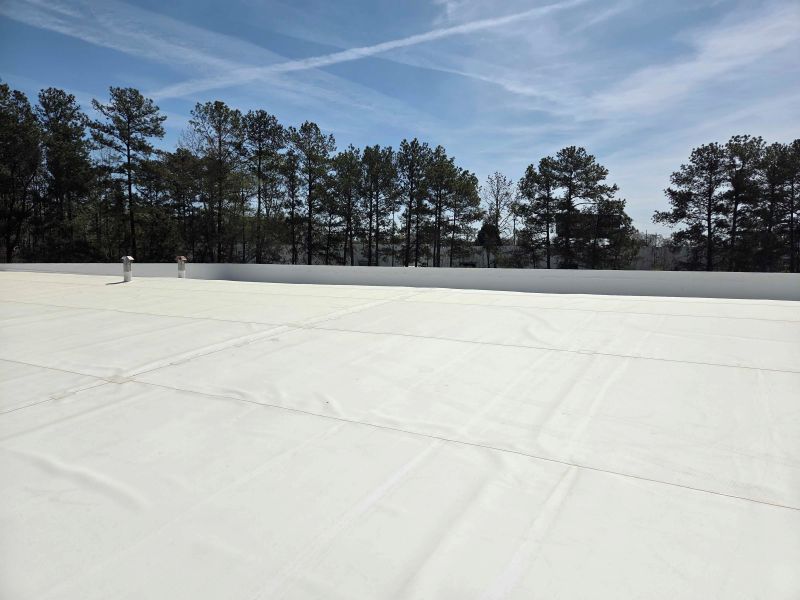
The Importance of Regular Maintenance
No matter the age of your roof, regular maintenance is key to prolonging its life and ensuring its effectiveness. For older roofs, the need for routine maintenance becomes even more critical. Here’s why:
Early Detection of Issues: Routine roof inspections allow you to identify minor problems before they become major headaches. Small leaks, cracks, or damaged shingles can often be repaired easily if caught early. Regular maintenance helps you stay ahead of potential issues, saving you money on repairs and avoiding unnecessary disruptions to your business operations.
Prolonging Roof Life: Regular maintenance, including cleaning debris, clearing gutters, and checking for damage, can help extend the life of your roof. Even an aging roof can continue to perform well with proper upkeep, reducing the need for an immediate replacement.
Improved Performance: As mentioned earlier, an aging roof may begin to lose its ability to protect your building from the elements. However, by maintaining your roof and addressing issues as they arise, you can maintain its performance for a longer period. For example, applying a new layer of reflective coating can help improve the energy efficiency of an older roof.
Cost Savings: Regular maintenance can also save you money in the long run. When you take care of your roof, you avoid larger, more expensive repairs or premature roof replacement. It’s a small investment that yields substantial returns over the roof’s lifetime.
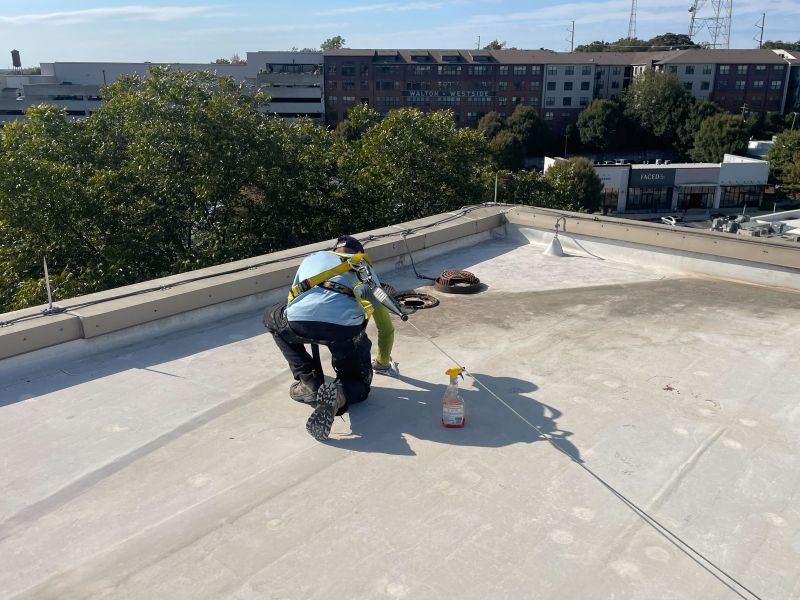
Planning for Roof Replacement
At some point, every roof will need to be replaced. If your roof is approaching the end of its expected lifespan or showing signs of serious wear, it’s important to start planning for a replacement. Replacing an aging roof before significant damage occurs can save your business from costly emergency repairs and downtime. It’s also an opportunity to upgrade to a more durable, energy-efficient roofing system.
Conclusion
The age of your roof plays a significant role in its performance and maintenance needs. As roofs age, they become more susceptible to damage, leaks, and inefficiencies. Regular roof inspections and timely maintenance can help mitigate the effects of aging and extend the life of your roof, saving you money and ensuring your building stays protected. If your roof is nearing the end of its lifespan, it’s important to start planning for replacement to avoid costly repairs and ensure the continued safety of your property.

